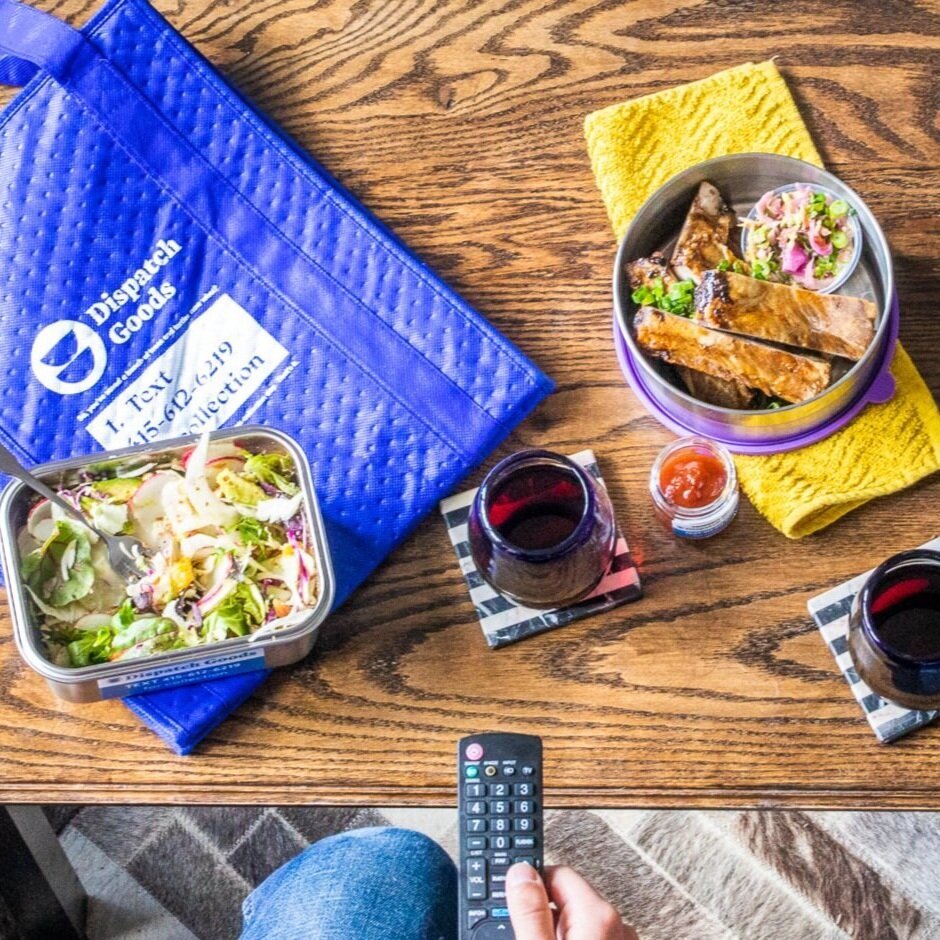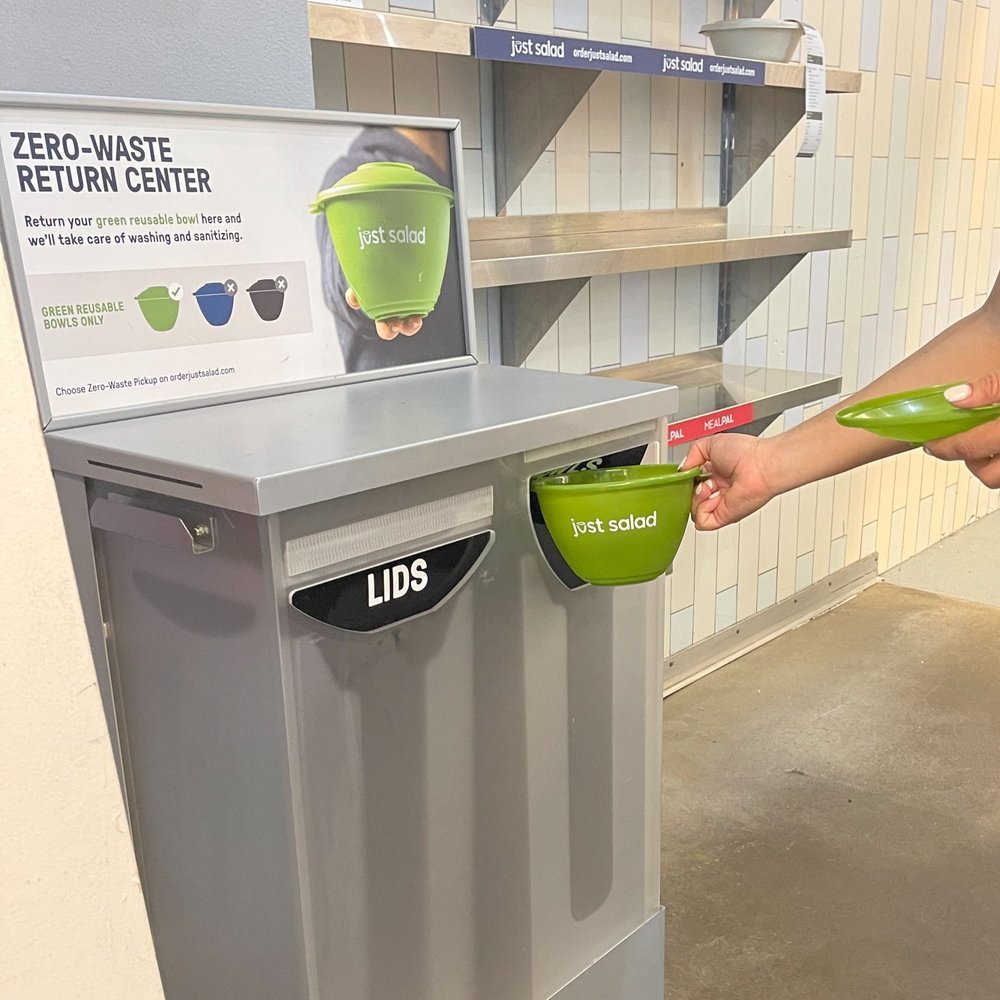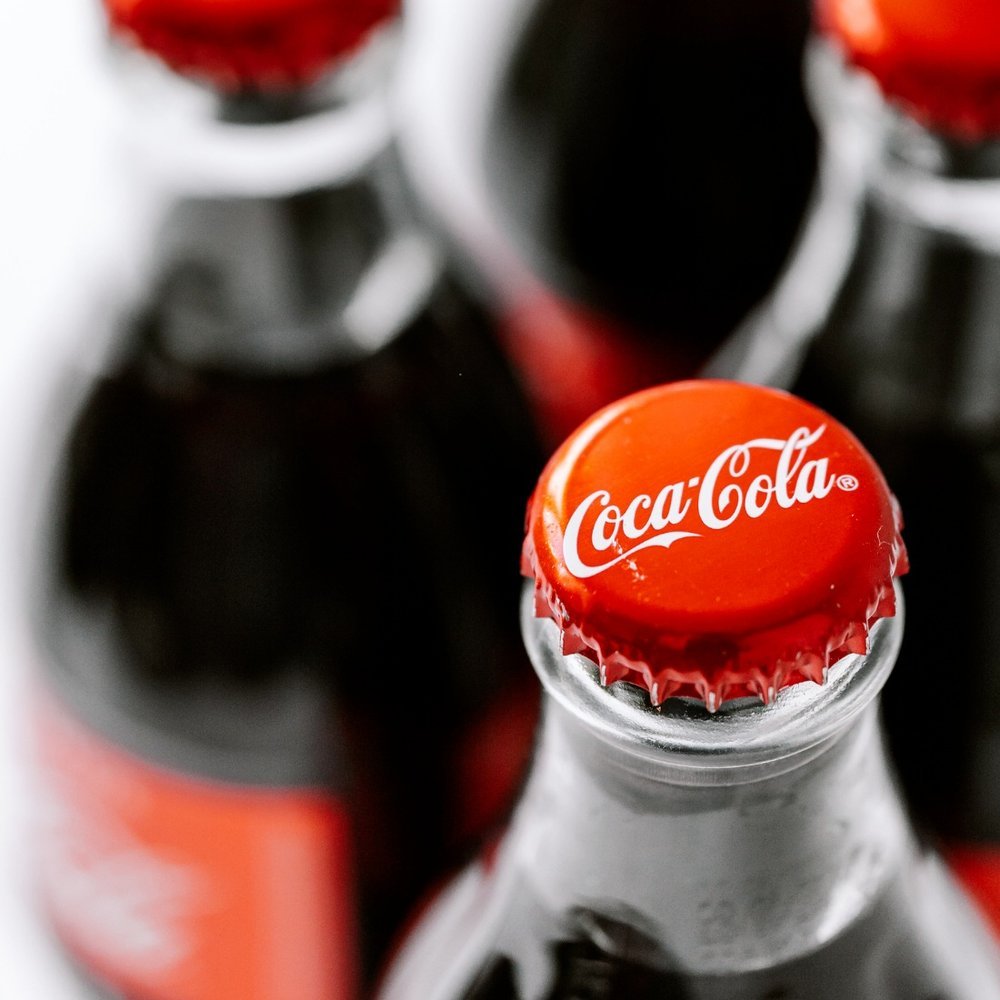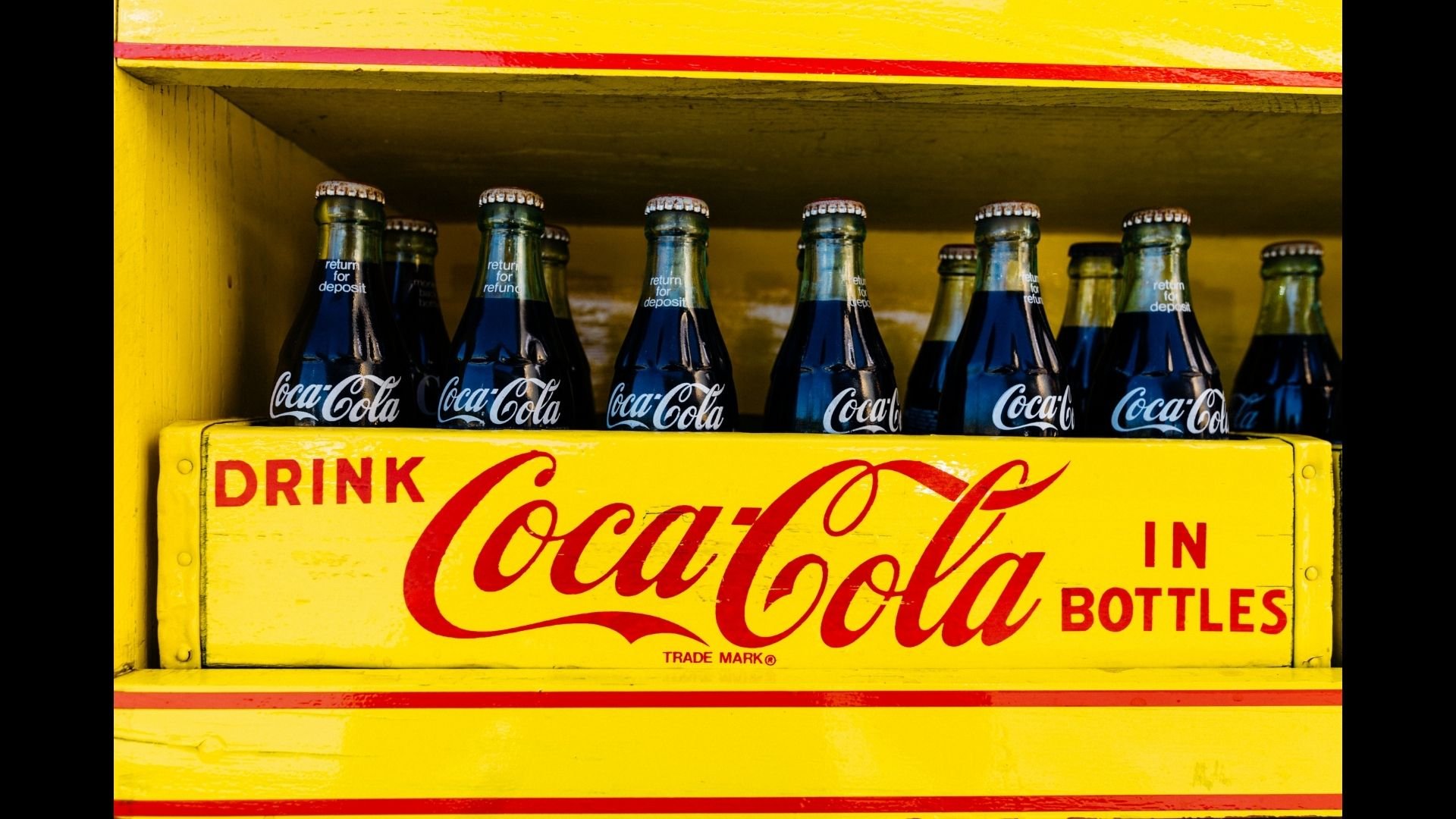Extended Producer Responsibility for Packaging
Extended Producer Responsibility (EPR) is a policy tool that makes producers legally and financially responsible for mitigating the environmental impacts of their products and packaging.
In non-EPR systems, producers bear no responsibility for the waste created by the products they make and profit from. Their responsibility ends once the product enters the marketplace. EPR extends the producer’s responsibility for their product to the post-consumer management of that product and/or its packaging – often requiring producers to be responsible for waste recovery and recycling.
With EPR, the responsible legal party is usually the brand-owner of the product. Producer take-back policies to date have been applied to all kinds of products – from electronics, to paint, mattresses, batteries, fluorescent lights, carpet, and packaging – with varying degrees of success in increasing recovery and recycling.
Making producers responsible for the lifetime environmental costs and impacts of their products (and packaging) can also mean holding them accountable for the design of the products to ensure that they don’t create waste in the first place. To date, EPR schemes around the world have not yet delivered the product and packaging design changes we'd like to see at scale.
In keeping with the 3Rs (Reduce, Reuse, Recycle), we believe that EPR policies should prioritize Reduce and Reuse – also known as waste prevention or “source reduction.” Our goal is to change the focus of EPR packaging laws from waste management to waste prevention.
Packaging EPR programs are the most common EPR policies globally.
EPR for packaging programs are the most common EPR policies in the world, more than electronics, household hazardous waste, appliances, or any of the other programs developed to date. More than one billion people live in places where consumer goods companies pay some or all of the costs of packaging collection and recycling. Thanks to growing recognition that packaging EPR is an effective tool for increasing recycling and offers a strong opportunity to drive upstream waste prevention, US states have begun passing EPR laws for packaging and paper products (PPP).
How EPR for packaging works
EPR policy requires governing legislation to ensure that all producers are included (generally above a deminimus level to exempt small producers), and to prevent individual companies from getting a free ride on the work and investment of others. In practice, it means:
Producers are accountable for meeting recycling targets and other performance measures.
They raise funds through fees on the type and volume of packaging they produce (up-front financing); and/or by paying for services rendered (“pay-as-you-go” or full cost-internalization).
They then invest in meeting targets by utilizing existing infrastructure, expanding it, creating new infrastructure – or some combination of the above.
They also conduct outreach and education to engage the public. Funding can be distributed across a jurisdiction aimed at targeted strategies to boost recycling and/or meeting other performance goals.
The costs are internalized into the price of the product. Depending on the governing legislation, obligations can be fulfilled: a) individually by the companies themselves or collectively through non-profit service provider organizations commonly called producer-responsibility organizations (PROs) set up and run by the producers (most common); or b) collectively through third-party organizations (TPOs), which also include governance representation from other stakeholders as determined by the governing legislation.
Beyond recycling: building waste prevention into packaging EPR
By eliminating unnecessary packaging and by shifting to reusable and refillable packaging formats, EPR has the potential to apply to more than just boosting collection and recycling.
In a system that measures waste collection and recycling based on weight, it’s important to think about how waste reduction is measured. Lightweighting packaging could be a way to meet waste reduction targets in a system that measures the weight of the waste stream. That could encourage producers to transition more packaging to plastic, which would be a regrettable outcome. Therefore, we suggest that waste reduction be measured based on units of packaging generated by producers.
Why we need EPR for packaging
Wasted recyclable packaging ends up needlessly disposed of in landfills and incinerators and as roadside litter; it causes the unnecessary depletion of natural resources and plastic pollution that fouls our beaches and kills wildlife; and it leads to lost opportunities to grow new jobs in reuse and recycling. We need better design of packaging and improved reuse and recycling systems to address the problems that packaging waste creates — and to realize the associated economic benefits and job opportunities inherent in proper management of these resources.
Most packaging goes to waste or winds up in the environment
The environmental impacts of wasted packaging and paper are enormous
Local governments cannot afford to expand recycling and reuse services
Decisions about infrastructure are often political rather than economic
Our current waste and recycling systems subsidize corporations
Most packaging goes to waste or winds up in the environment
Over half of all post-consumer packaging and nearly half of all printed paper winds up in the garbage, wasting approximately 55 million tons of materials each year.
Not including cardboard, the recovery rate for paper packaging falls to 26%. Only 12% of plastic packaging is collected, and even less is actually turned into new products.
Aluminum is a very valuable material, infinitely recyclable and also extremely energy-intensive to produce. Recycling aluminum saves 95% of the energy used to refine it from virgin ore, yet we throw away around half of the aluminum cans in this country — enough aluminum to build 25,000 Airbus 320 planes every year.
The environmental impacts of wasted packaging and paper are enormous
Around 27 million tons of printed paper and paper packaging are wasted each year, or about 178 lbs for every man, woman and child in the United States. Every year, all that paper in the garbage represents approximately 640 million trees, or roughly 915,000 acres of forest land. To put that into perspective, the state of Rhode Island is only 779,000 acres, so the United States is wasting an area of forest slightly larger than a state every year.
Eight out of the ten most prevalent items that make up 80% of marine debris are packaging items and disposable cutlery. When plastic winds up in the environment as litter, it eventually ends up in waterways and flows into the marine environment, fouling our beaches, killing wildlife and leading to the toxic garbage gyres around the world’s oceans. These massive gyres are filled with tiny bits of degraded plastic which absorb toxic chemicals and work their way up the food chain, poisoning wildlife and humans alike.
Packaging waste is also tied to increased global warming pollution. Research demonstrates that 44% of all United States greenhouse gas emissions are associated with the production, transport and use of products and packaging. General Mills recently reported that 14% of their greenhouse gas emissions are related to their packaging supply chain; for soft drinks, packaging can account for as much as 70% of the overall carbon footprint of the product.
Local governments cannot afford to expand recycling services
With local governments saddled with projected deficits of over $100 billion dollars, they cannot afford to maintain or expand recycling infrastructure — or can only do so at the expense of vital services.
According to a Pew Charitable Trusts study, cities and counties are facing an unprecedented drop in tax revenue and seek to cut back or shed services. Recycling programs compete against police, fire, schools, libraries, parks, and pensions for funding. In Baltimore County, MD, the Council proposed borrowing $25 million from the pension fund to build a new County recycling facility.
In addition, municipal collection of discarded materials is not even remotely covered by system income, even in the best material value scenarios. For example, in 2011, Frederick County, MD spent $6.3 million to operate its recycling program and only received $2.9 million from the sale of the materials.
Decisions about infrastructure are often political rather than economic
According to the US EPA, over 9,000 curbside recycling programs exist in the U.S. Thousands of local collection programs, each producing a different mix and quality of materials, and each influenced by local politics and financing decisions, cannot respond to global commodity signals.
Local governments base system design decisions, including what materials to collect, on political considerations and competing demands for taxpayer funding, not on true market signals. Demand far outstrips supply for recycled materials in the US, and in spite of this, our existing recycling systems have been stagnant in their ability to recover more materials.
Our current waste and recycling systems subsidize corporations
Today, 71% of our waste consists of products and packaging, some containing toxic components. Producers of these products and packaging have mostly been given a free ride on a municipal solid waste system that was set up to keep cities clean and prevent disease — not manage spent products and commodities in a global marketplace.
Consumer goods companies have effectively absolved their responsibility for what happens to the products and packaging they produce. As a result, a proliferation of new, hard or impossible-to-recycle packaging materials has flooded the market, leaving government officials to scratch their heads and direct consumers to put them in the trash. Right now, in non packaging EPR states, consumer goods companies can design a product, package it any way they like, and leave the problem of what to do with the packaging and its impacts to local governments, taxpayers and garbage ratepayers.
We need EPR for packaging in the United States.
EPR is a foundational policy for ensuring corporations are responsible for mitigating the environmental impacts of their products and packaging. It’s critically important that the United States joins the rest of the developed world and increasingly the developing world in adopting EPR across the country.
But it’s not the only policy that’s important for addressing plastic pollution and the environmental impacts from packaging. We also need:
Bans on low-value, high pollution plastic products and packaging (like plastic bags)
Deposit-refund systems (DRS) to prevent litter, achieve high recycling rates, and preserve value for higher value plastic products (like PET soda bottles) and other high-value materials (like aluminum cans). Ideally, EPR & DRS are passed together.
Source reduction and reuse targets to encourage the delivery of more products and food in reusable containers and packaging.
Resources
-

Reuse in EPR & DRS
-

Embracing Reuse in US EPR Packaging Programs
-

Defining "reuse" in EPR & DRS
-

Policy Principles for EPR & DRS
-

The New Reuse Economy
-

Policy Ladder to a Circular Economy
-

EPR can save money & create jobs
-

Prioritizing waste prevention in EPR laws
-

Beyond Recycling: EPR & Plastic Pollution
-

EPR is the answer
-

Waste & Opportunity 2020: Searching for Corporate Leadership (As You Sow)
-

EPR for packaging: then & now
-

Advancing local government’s interests through EPR for packaging



















Amidst rapid advancement of packaging EPR laws, stakeholders remain hyper-fixated on recycling. Solutions that require true systemic change, like reuse, risk being regarded as side issues in the absence of strong advocacy.